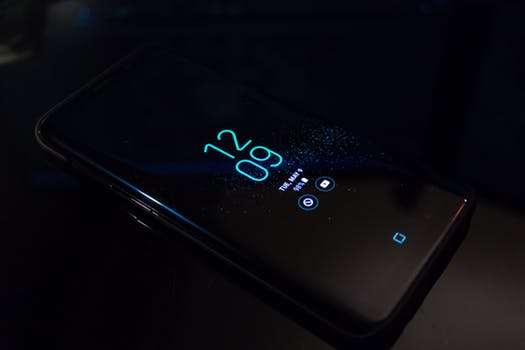TheDeveloperBlog.com
C-Sharp | Java | Python | Swift | GO | WPF | Ruby | Scala | F# | JavaScript | SQL | PHP | Angular | HTML
OpenCV Template Matching
OpenCV Template Matching with What is OpenCV, History, Installation, Reading Images, Writing Images, Resize Image, Image Rotation, Gaussian Blur, Blob Detection, Face Detection and Face Recognition etc.
OpenCV Template MatchingTemplate matching is a technique that is used to find the location of template images in a larger image. OpenCV provides the cv2.matchTemplates() function for this purpose. It simply slides the template images over the input image and compares the templates and patch under the input image. There are various methods available for the comparison; we will discuss a few popular methods in further topics. It returns a grayscale image, where every pixel represents the number of the neighborhood of that pixel match with the input templates. Template matching in OpenCV
The templates matching consist of the following step: Step - 1: Take the actual image and convert it into a grayscale image. Step - 2: Select the template as a grayscale image. Step - 3: Find the location where the accuracy level matches. It is done by template image slide over the actual image. Step - 4: When the result is greater than the accuracy level, mark that position as detected. Consider the following example:
import cv2
import numpy as np
# Reading the main image
rgb_img = cv2.imread(r'C:\Users\DEVANSH SHARMA\rolando.jpg',1)
# It is need to be convert it to grayscale
gray_img = cv2.cvtColor(rgb_img, cv2.COLOR_BGR2GRAY)
# Reading the template image
template = cv2.imread(r'C:\Users\DEVANSH SHARMA\ronaldo_face.jpg',0)
# Store width in variable w and height in variable h of template
w, h = template.shape[:-1]
# Now we perform match operations.
res = cv2.matchTemplate(gray_img,template,cv2.TM_CCOEFF_NORMED)
# Declare a threshold
threshold = 0.8
# Store the coordinates of matched location in a numpy array
loc = np.where(res >= threshold)
# Draw the rectangle around the matched region.
for pt in zip(*loc[::-1]):
cv2.rectangle(img_rgb, pt, (pt[0] + w, pt[1] + h), (0,255,255), 2)
# Now display the final matched template image
cv2.imshow('Detected',img_rgb)
Output: 
Template Matching with Multiple Objects
In the above example, we searched image for template image that occurred only once in the image. Suppose a particular object that occur multiple times in particular image. In this scenario, we will use the thresholding because cv2.minMaxLoc() won't give all location of template image. Consider the following example.
import cv2
import numpy as np
# Reading the main image
img_rgb = cv2.imread(r'C:\Users\DEVANSH SHARMA\mario.png',1)
# It is need to be convert it to grayscale
img_gray = cv2.cvtColor(img_rgb, cv2.COLOR_BGR2GRAY)
# Read the template
template = cv2.imread(r'C:\Users\DEVANSH SHARMA\coin1.png',0)
# Store width in variable w and height in variable h of template
w, h = template.shape[:-1]
# Now we perform match operations.
res = cv2.matchTemplate(img_gray,template,cv2.TM_CCOEFF_NORMED)
# Declare a threshold
threshold = 0.8
# Store the coordinates of matched region in a numpy array
loc = np.where( res >= threshold)
# Draw a rectangle around the matched region.
for pt in zip(*loc[::-1]):
cv2.rectangle(img_rgb, pt, (pt[0] + w, pt[1] + h), (0,255,255), 2)
# Now display the final matched template image
cv2.imshow('Detected',img_rgb)
Output: 
In the above program, we took an image of popular super Mario game as main image and coin image as template image. The coins occur multiple times in main image. When it find the coin in the image it draw rectangle on the coin. Limitation of Templates Matching
There are few limitations in template matching given as follows:
Next TopicOpenCV Erosion & Dilation
|
Related Links:
- OpenCV Blob Detection
- OpenCV Blur
- OpenCV Image Filters
- OpenCV Image Threshold
- OpenCV Contours
- OpenCV Mouse Event
- OpenCV Tutorial | OpenCV using Python
- OpenCV Template Matching
- OpenCV Erosion and Dilation
- OpenCV Video Capture
- OpenCV Image Rotation
- OpenCV Drawing Functions
- OpenCV Installation
- OpenCV Read and Save Images
- OpenCV Basic Operation On images
- OpenCV Resize Image
- OpenCV Canny Edge Detection
- OpenCV Limitations in Face Detection


